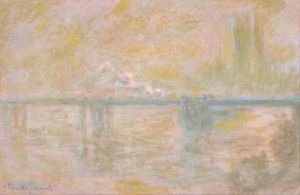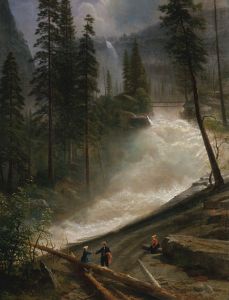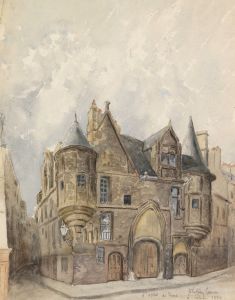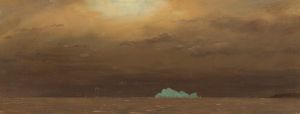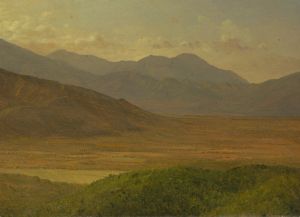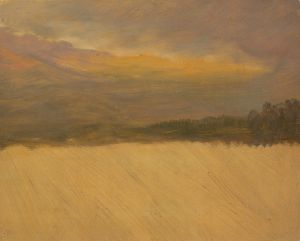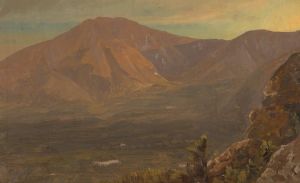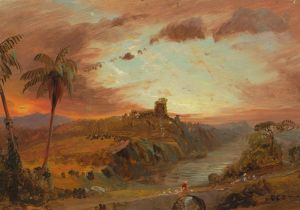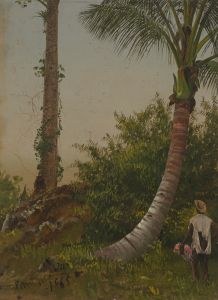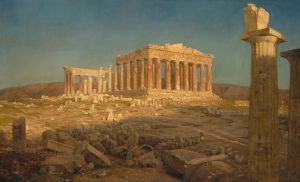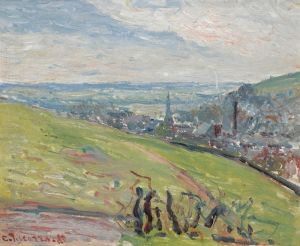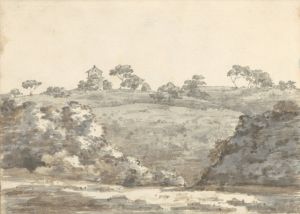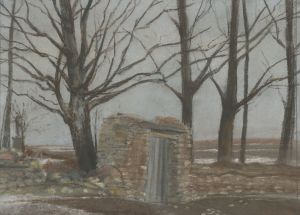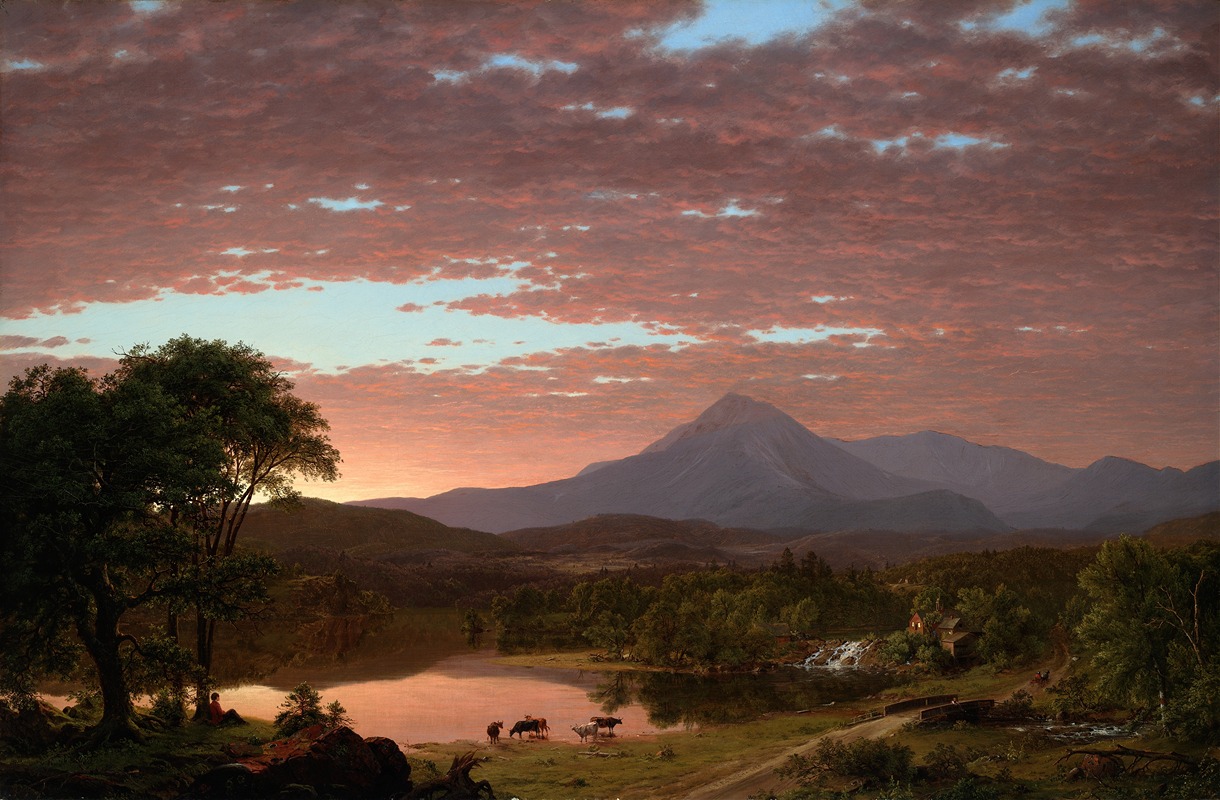
Mt. Ktaadn
A hand-painted replica of Frederic Edwin Church’s masterpiece Mt. Ktaadn, meticulously crafted by professional artists to capture the true essence of the original. Each piece is created with museum-quality canvas and rare mineral pigments, carefully painted by experienced artists with delicate brushstrokes and rich, layered colors to perfectly recreate the texture of the original artwork. Unlike machine-printed reproductions, this hand-painted version brings the painting to life, infused with the artist’s emotions and skill in every stroke. Whether for personal collection or home decoration, it instantly elevates the artistic atmosphere of any space.
Mt. Ktaadn is an oil painting created by the American landscape artist Frederic Edwin Church in 1853. Church, a prominent figure of the Hudson River School, was known for his detailed and dramatic depictions of the American wilderness. This painting portrays Mount Katahdin, the highest peak in Maine, which holds cultural and geographical significance as a prominent landmark in the northeastern United States.
The painting captures the mountain in a serene and expansive landscape, emphasizing the grandeur and unspoiled beauty of the natural world. Church's composition includes a foreground of rolling hills and dense forests, leading the viewer's eye toward the majestic mountain in the distance. The artist's use of light and shadow creates a dynamic interplay, highlighting the atmospheric effects and the vastness of the scene. The work reflects Church's meticulous attention to detail and his ability to convey the sublime qualities of nature.
Church's interest in Mount Katahdin was likely influenced by the writings of Henry David Thoreau, who had explored the region and described the mountain in his book The Maine Woods (published in 1864, though based on earlier essays). Thoreau's transcendentalist philosophy and his reverence for nature resonated with Church's artistic vision, which sought to celebrate the spiritual and aesthetic power of the American landscape.
Mt. Ktaadn is an example of Church's early work, created during a period when he was developing his distinctive style. The painting reflects the ideals of the Hudson River School, which emphasized the beauty, grandeur, and spiritual significance of the natural world. Church and his contemporaries sought to capture the essence of the American wilderness at a time when the nation was expanding westward and grappling with the tension between industrialization and the preservation of nature.
The painting is currently housed in the collection of the Smithsonian American Art Museum in Washington, D.C. It remains an important example of mid-19th-century American landscape painting and a testament to Church's skill as an artist. Through works like Mt. Ktaadn, Church contributed to the broader cultural movement that celebrated the unique landscapes of the United States and encouraged a deeper appreciation for the natural environment.





